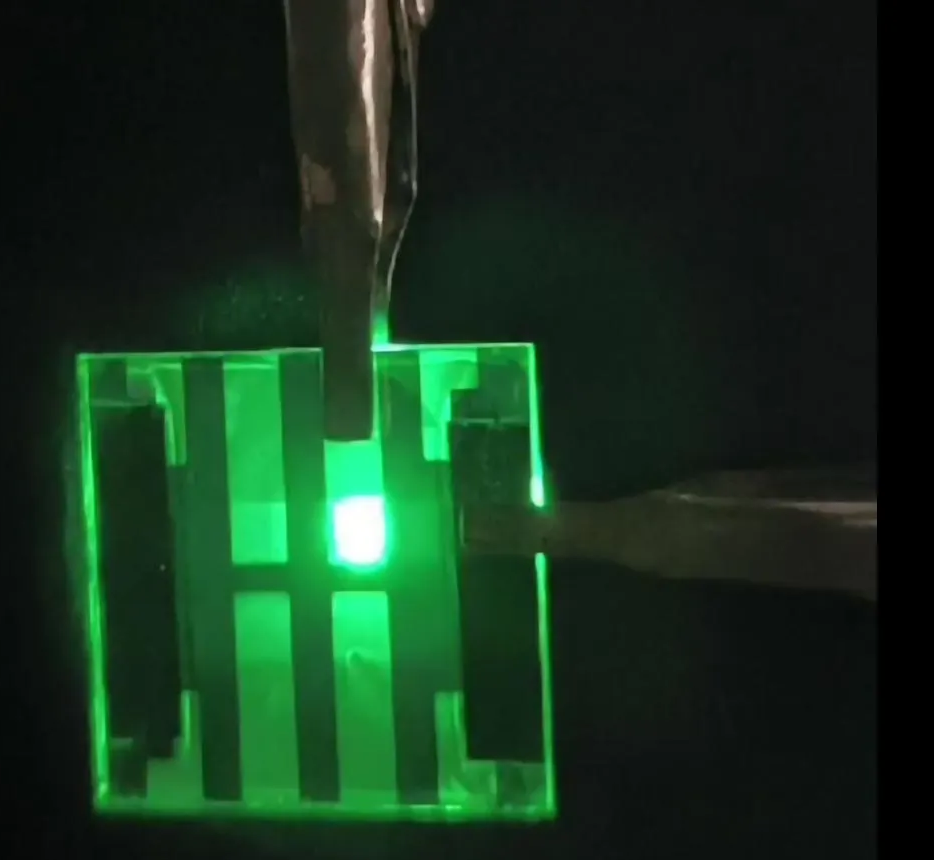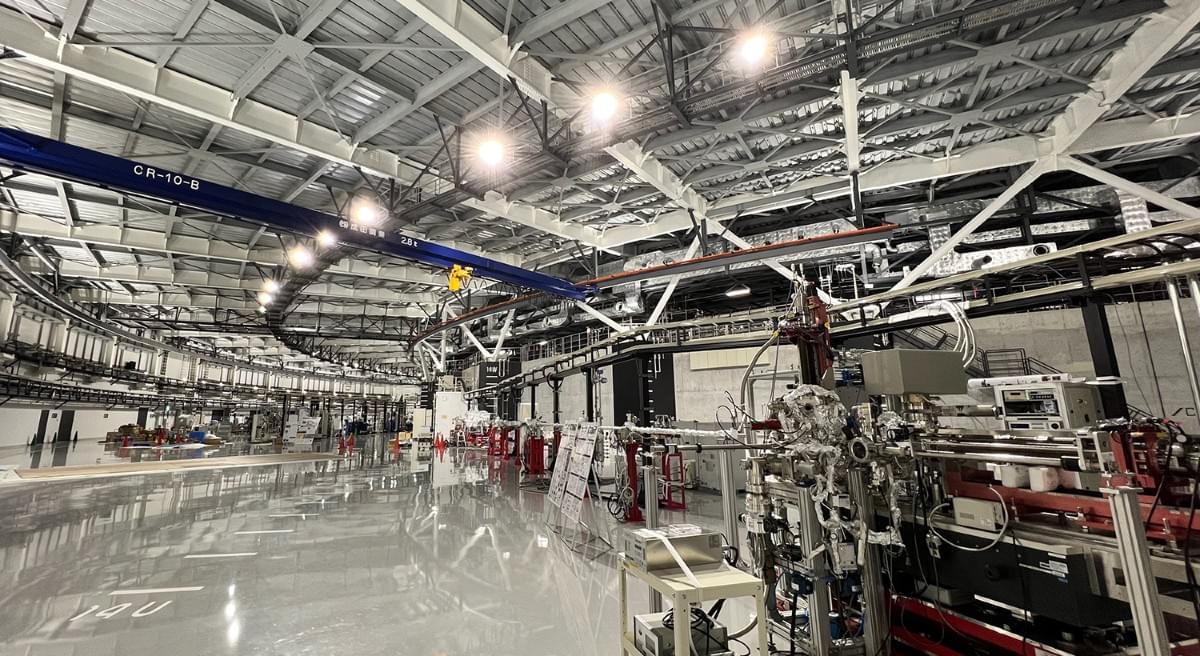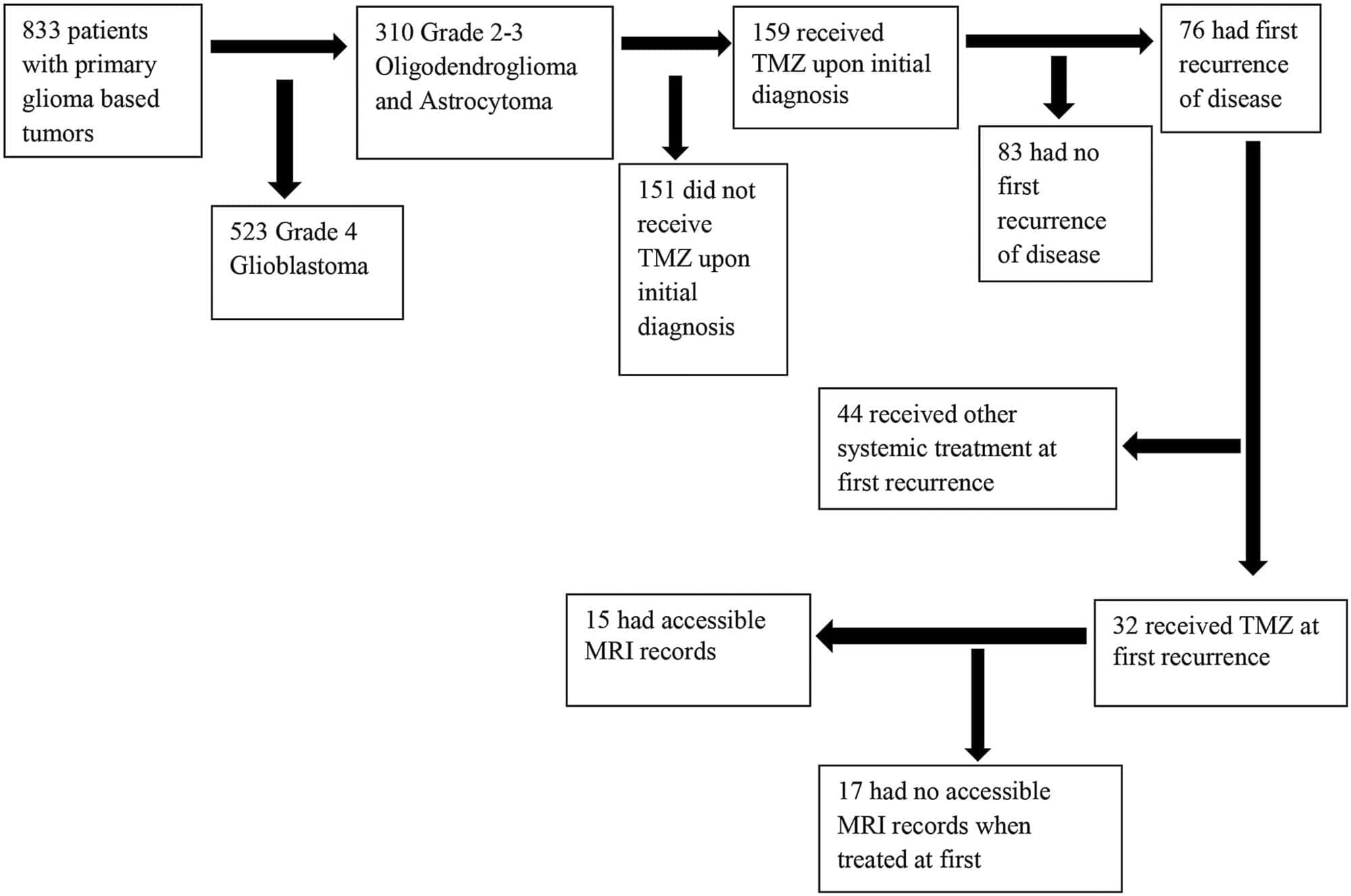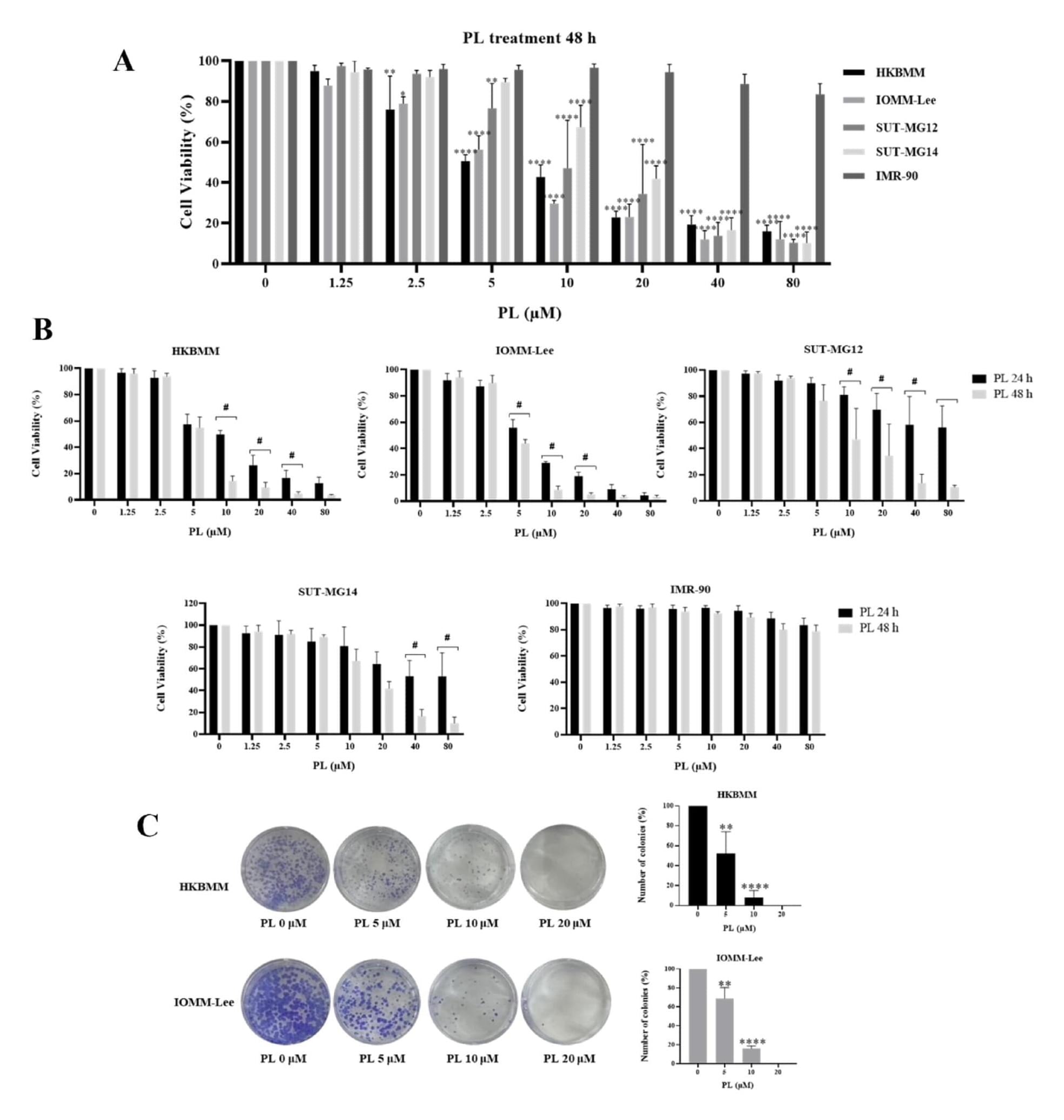Once synonymous with hippies and hallucinatory experiences, psychedelic drugs are now being explored for their medical potential. The stigma of that era resulted in research being suppressed by drug laws, yet with mental health treatments hitting limits, scientists have returned to this controversial corner of medicine.
Substances like psilocybin (found in magic mushrooms) and ayahuasca are now being taken seriously by scientists and doctors, not for the visions they induce, but for the healing potential they possess.
Initially, this focused on treating mental health conditions like depression, where currently prescribed drugs only help a minority of patients. But these investigations have now expanded to include diseases driven by inflammation, which psychedelic drugs may help reduce by calming down the immune system.
Magic mushrooms and LSD may do more than bend minds: they could fight inflammation linked to depression, arthritis and heart disease.







